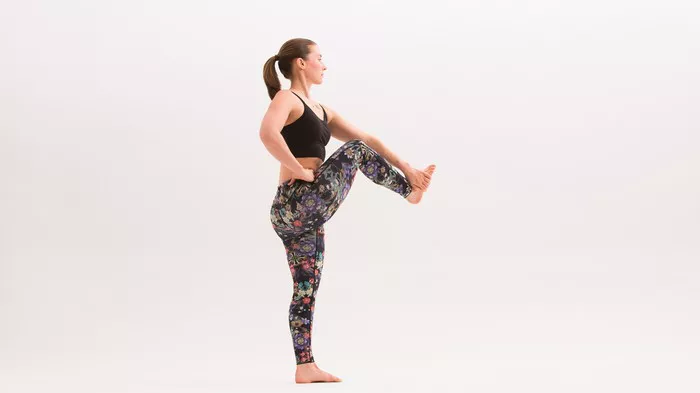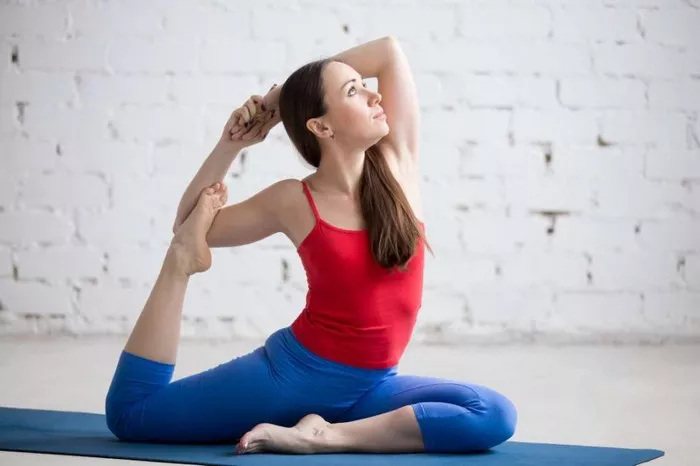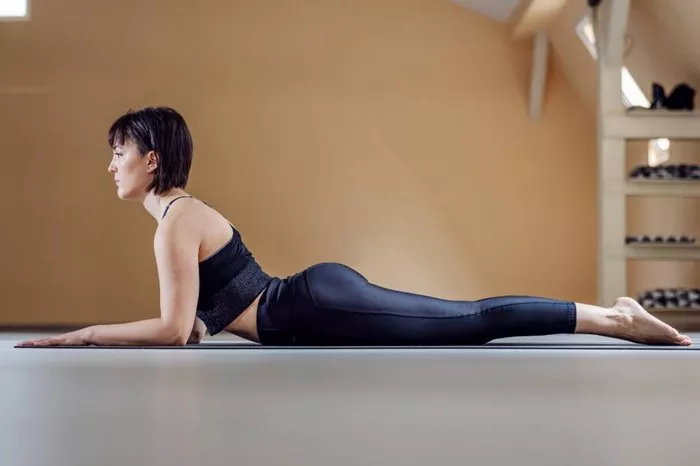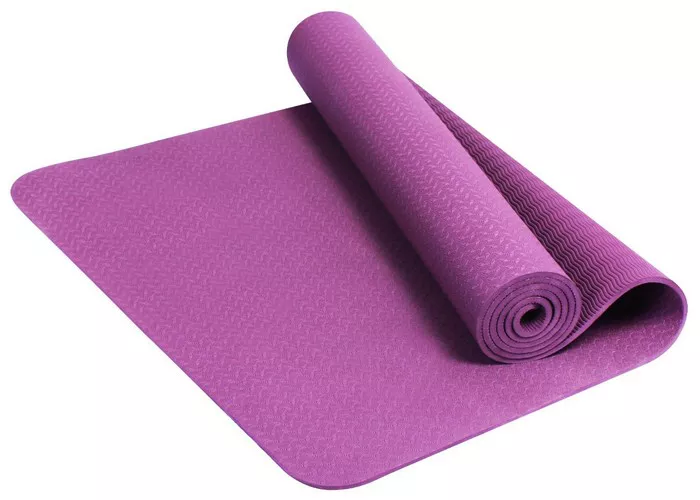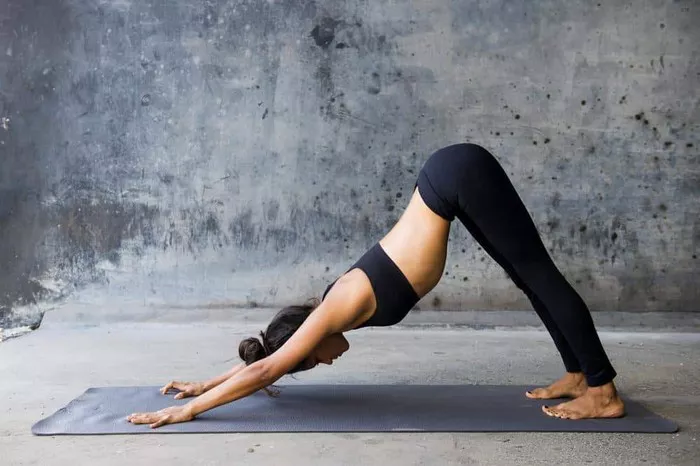Yoga, an ancient practice originating from India, encompasses a vast array of poses (asanas) designed to promote physical, mental, and spiritual well-being. Among these poses is the Shiva Pose, also known as Natarajasana or Lord of the Dance Pose. This dynamic posture not only offers physical benefits but also carries deep symbolic significance. In this article, we delve into the origins, symbolism, benefits, variations, modifications, step-by-step instructions, as well as precautions and contraindications associated with the Shiva Pose.
Origins and Symbolism
The Shiva Pose draws its roots from Hindu mythology, specifically from the figure of Lord Shiva, the destroyer and transformer in the Hindu trinity. Lord Shiva is often depicted in a dancing posture, symbolizing the cosmic cycles of creation and destruction. The Natarajasana, or Lord of the Dance Pose, is said to mimic the graceful movements of Shiva’s celestial dance, known as the Tandava.
The pose embodies the qualities of balance, grace, and strength, mirroring the divine attributes associated with Lord Shiva. Practicing the Shiva Pose not only fosters physical balance but also invites practitioners to embody the qualities of the deity, such as resilience, focus, and transcendence.
Physical and Mental Benefits
The Shiva Pose offers a plethora of physical and mental benefits, making it a valuable addition to any yoga practice:
1. Strengthens the Legs and Core: Holding the pose requires engagement of the legs, thighs, and core muscles, thereby building strength and stability in these areas.
2. Improves Balance and Concentration: Balancing on one leg challenges proprioception and enhances focus and concentration, promoting mental clarity and presence.
3. Opens the Chest and Shoulders: The backbend component of the pose stretches the chest and shoulders, counteracting the effects of hunching and promoting better posture.
4. Stretches the Quadriceps and Hip Flexors: The extended leg position stretches the quadriceps and hip flexors, alleviating tightness and improving flexibility in these muscle groups.
5. Enhances Emotional Well-being: The dynamic nature of the pose encourages a sense of fluidity and flow, helping to release tension and stress stored in the body and mind.
Variations and Modifications
While the traditional Shiva Pose involves a deep backbend and a full expression of balance, there are several variations and modifications to accommodate practitioners of all levels:
1. Half Lord of the Dance Pose (Ardha Natarajasana): Beginners can start with this variation by bending the lifted leg and holding the foot with one hand, focusing on balance and hip opening.
2. Wall Support: Practitioners struggling with balance can use a wall for support, placing one hand on the wall while performing the pose to improve stability.
3. Props: Utilizing props such as blocks or straps can aid in achieving proper alignment and make the pose more accessible for those with limited flexibility or mobility.
4. Chair Modification: For individuals with mobility issues or injuries, a seated variation of the pose can be practiced using a chair for support, focusing on stretching the quadriceps and opening the chest.
Step-by-Step Instructions
Follow these step-by-step instructions to practice the Shiva Pose safely and effectively:
1. Start in Mountain Pose (Tadasana): Stand tall with feet hip-width apart, arms relaxed by your sides, and gaze forward.
2. Shift Weight to One Leg: Shift your weight onto your right foot while keeping the left foot grounded.
3. Bend the Left Knee: Bend your left knee and reach back with your left hand to grasp the inside of your left foot or ankle.
4. Engage the Core: Draw your navel in towards your spine to stabilize the core and maintain balance.
5. Extend the Right Arm: Inhale deeply as you extend your right arm forward, parallel to the floor, fingertips reaching away from the body.
6. Lean Forward: Exhale slowly as you hinge forward from the hips, maintaining a long spine and open chest.
7. Kick Back with the Left Leg: As you continue to lean forward, kick your left foot into your hand, lifting the leg up and back behind you.
8. Find Balance: Engage the muscles of the standing leg and core to find balance in the pose, keeping the hips level.
9. Gaze Forward or Upward: Choose a focal point to help maintain balance, either looking forward or slightly upward.
10. Hold and Breathe: Hold the pose for several breaths, maintaining steady breath and focus.
11. Release with Control: To release the pose, gently lower the left leg and return to Mountain Pose. Repeat on the opposite side.
Precautions and Contraindications
While the Shiva Pose offers numerous benefits, it’s essential to practice with mindfulness and awareness, especially if you have any pre-existing conditions or injuries. Here are some precautions and contraindications to consider:
1. Back Injuries: Avoid or modify the pose if you have any existing back injuries, particularly if deep backbends exacerbate your condition.
2. Hip or Knee Injuries: Take caution if you have hip or knee injuries, and modify the pose as needed to avoid strain or discomfort in these areas.
3. High Blood Pressure: Individuals with high blood pressure should avoid holding the pose for an extended period or practice a modified version with the support of a chair to prevent a sudden increase in blood pressure.
4. Pregnancy: Pregnant individuals should practice with caution, avoiding deep backbends and ensuring proper support and stability throughout the pose. Consulting with a qualified yoga instructor or healthcare provider is recommended.
5. Neck Strain: Take care not to strain the neck by keeping the gaze soft and avoiding excessive tilting of the head backward.
Before attempting the Shiva Pose, consult with a certified yoga instructor, especially if you’re new to yoga or have any underlying health concerns. Listen to your body, honor its limitations, and approach the practice with patience and self-compassion.
Conclusion
In conclusion, the Shiva Pose is a powerful asana that combines strength, flexibility, balance, and grace. Its origins rooted in Hindu mythology infuse the practice with deep symbolism and spiritual significance. By incorporating this pose into your yoga practice, you can reap its physical, mental, and emotional benefits while honoring the divine dance of creation and transformation embodied by Lord Shiva. Remember to approach the practice with mindfulness, respect your body’s limits, and enjoy the journey of self-discovery and growth that yoga offers.
FAQs:
What is the dance of Shiva yoga?
The Dance of Shiva yoga refers to a series of movements inspired by the cosmic dance of Lord Shiva, known as the Tandava. This practice incorporates flowing and dynamic sequences that mimic the rhythm and fluidity of Shiva’s dance, symbolizing the cycles of creation, preservation, and destruction in the universe.
Why is Natarajasana important?
Natarajasana, or the Lord of the Dance Pose, is important in yoga for its ability to cultivate balance, strength, and grace both physically and mentally. It symbolizes the qualities of Lord Shiva, including resilience, focus, and transcendence, while also offering benefits such as improved balance, concentration, and flexibility.

